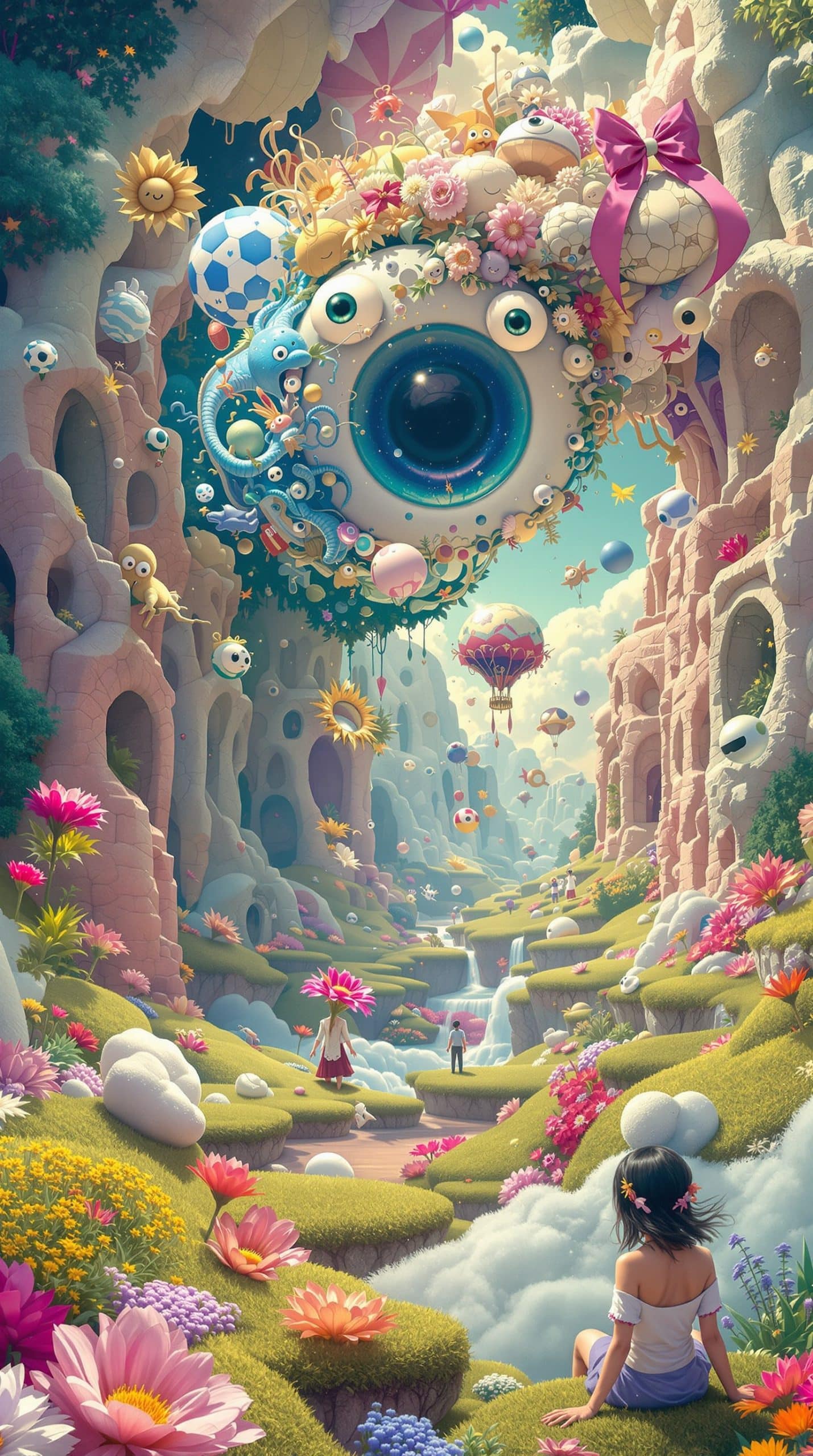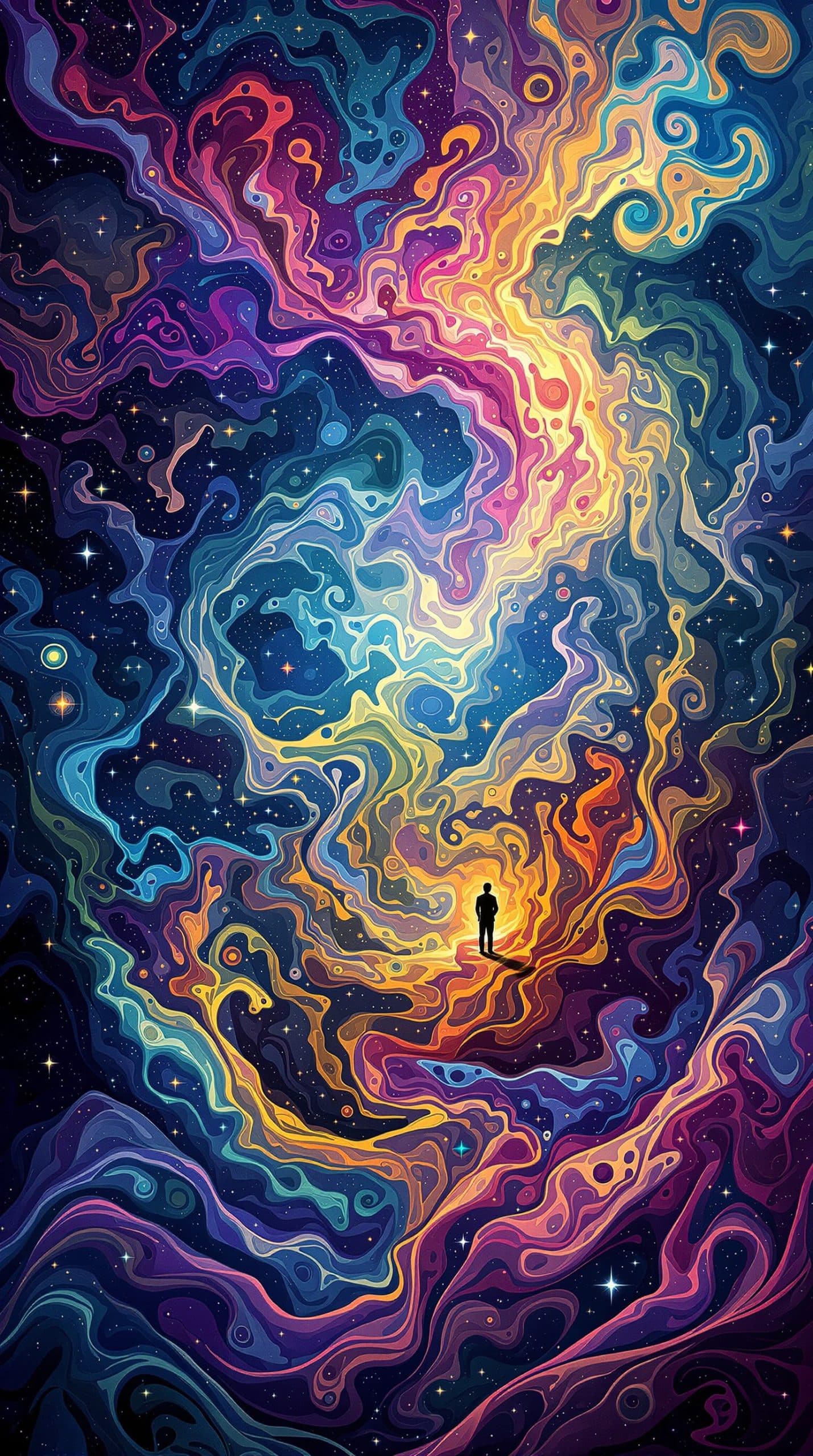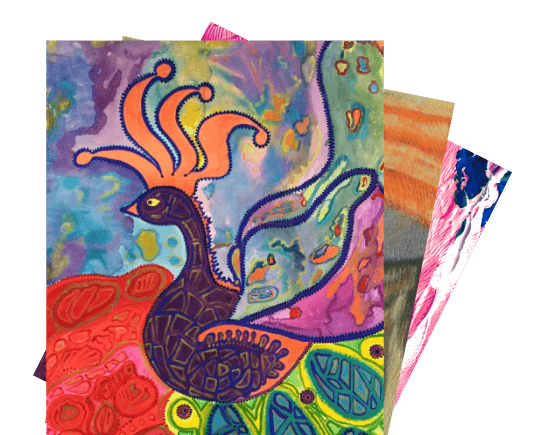Filters
Available Artwork
Select Price Range
Artist By Country
Showing the single result
Other styles of paintings you may like
Origins of Street Art Painting:
The origin of Street Art is believed to have begun in Italy during the 16th century, with itinerant artists brought into the cities to work on the large cathedrals. These artists would often recreate the paintings of Madonna on the pavement after the work was done. They came to be known as I Madonnari. These Italian Madonnari used to travel across Europe, joining in festivals and making their living from the coins received from passersby. For centuries, I Madonnari were folk artists, reproducing simple images with crude materials such as tile, coal and chalk, until World War II disrupted their traditions. Others, such as El Greco, would go on to become household names.
In 1972, street painting was promoted in Italy through the formation of a 2-day festival in Grazie di Curttone in the Province of Mantua. Also, the I Madonnari, the first such festival in the United States, was established in 1985 in Santa Barbara, California.
Moreover, in the 1980s, Kurt Wenner practised '3-D pavement art', also known as one-point perspective art, also referred to as anamorphic art. This 500-year-old technique appears in proper perspective only when viewed from a specific angle.
Also, the origins of modern street painting can be traced to Britain. Pavement artists were found all over the United Kingdom, and by 1890, it was estimated that more than 500 artists were making a full-time living from pavement art in London alone. The works of screevers (a British term for pavement artists) were often accompanied by poems and proverbs, lessons on morality, and political commentary on the day's events. They were described as "producing a topical, pictorial newspaper of current events. They appealed to both the working people, who (on the whole) could not read or write but understood the visual images, and to the educated members of the middle classes who appreciated the moral lessons and comments. It was important for a screever to catch the eye of the 'well to do' and, in turn, attract the pennies donated for their efforts.
Street painting continues to thrive as a dynamic form of self-expression, blurring the lines between fine art and public voice. Its ever-evolving nature reflects the pulse of urban culture and the stories of the community. As cities grow, so does the canvas—spreading colour, message, and meaning across everyday streets.











